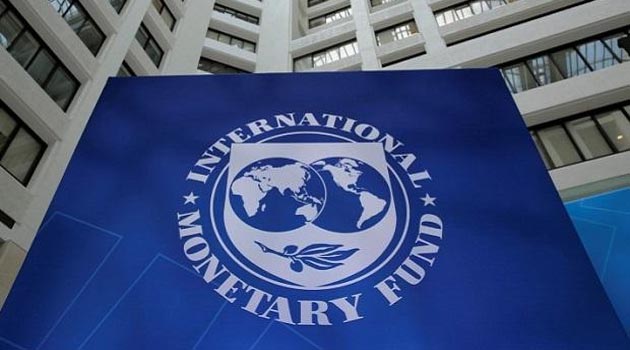IMF Lauds India’s Reforms
India’s strong economy continues to lead global growth, the International Monetary Fund (IMF) said in its assessment of the world’s fastest-growing major economy as it urged the country to build on the success.
The head of IMF’s team for India Ranil Salgado compared the $2.6 trillion Indian economy to an elephant that is starting to run because of implementation of reforms such as the goods and services tax (GST) and liberalisation of the foreign investment regime.
IMF called for labour reforms to help boost jobs creation and supported recent monetary tightening in view of the hardening inflation.
“India’s economy is picking up and growth prospects look bright-—partly thanks to the implementation of recent policies, such as the nationwide goods and services tax,” the IMF said releasing the annual Article IV consultation report.
“As one of the world’s fastest-growing economies—accounting for about 15% of global growth—India’s economy has helped to lift millions out of poverty,” it said, adding that the stability-oriented macroeconomic policies and progress on structural reforms continue to bear fruit. It said growth slowed following the currency exchange initiative of November 2016 and the roll-out of GST in July 2016, but a recovery is underway led by investment pick up.
The IMF expects the Indian economy to grow 7.3% in the current fiscal and 7.5% in FY20 on the back of strengthening investment and robust consumption. Over the medium term, the growth is expected to rise to 7.75%, the IMF said, calling for macro-financial and structural policies to help boost inclusive growth and harness the demographic dividend.
“India needs to reinvigorate reform efforts to keep the growth and jobs engine running. This is critical in a country where per capita income is about $2,000, still well below that of other large emerging economies,” Salgado said.
The IMF’s executive board commended India for the important and wide ranging reforms as they flagged downside risks to the economy from external factors, “such as higher global oil prices and tighter global financial conditions, as well as domestic financial vulnerabilities”.

